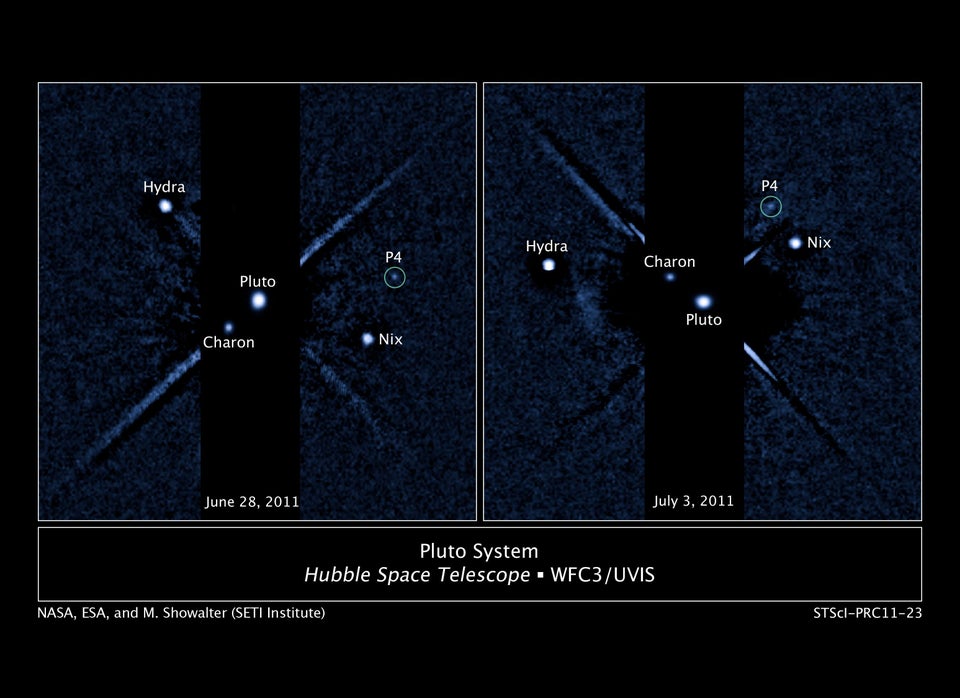
By Govert Schilling
LONG BEACH, CALIFORNIA—Suppose you stepped on the scales one morning to find that you weighed only half as much as the day before. You'd check the scales, right? In fact, a weight loss of cosmic proportions is exactly what happened when Alis Deason recalibrated the scales used to weigh our Milky Way galaxy. "We find the Milky Way is only half as massive as generally assumed," says Deason, an astronomer at the University of California, Santa Cruz, who presented her new estimate here at the 221st meeting of the American Astronomical Society.
Determining the mass of the Milky Way is tricky, partly because most of it comes from unseen dark matter. Scientists usually measure the rotation speed of the galaxy (out to some 45,000 light-years from the center) and combine the result with theoretical ideas about the way the dark matter is distributed. Using this technique, a team led by Mark Reid of the Harvard-Smithsonian Center for Astrophysics in Cambridge, Massachusetts, derived a total mass of a few trillion times the mass of the sun, a result they published in 2009. Still, Reid says, "estimating the total Galaxy mass is complicated," and much uncertainty remained.
Deason and her colleagues took a different approach. In a study to be published in Monthly Notices of the Royal Astronomical Society, they first searched for very distant stars in the Milky Way's halo: a huge ball of space almost a billion light-years across, in which old stars swarm around the galaxy's center like mosquitoes around a lamppost. The spread of velocities of these distant halo stars reveals how much mass the Milky Way contains, she explains.
The upshot is that the Milky Way weighs in at a "mere" 500 billion to 1000 billion times the mass of the sun—less than half as much as Reid's earlier estimate. Deason cautions that the result depends on assumptions she made about the size of the halo and the way its stars orbit the galactic center, but she says there are convincing theoretical reasons for her choices.
Other researchers greeted the announcement with cautious interest. Deason's technique "is in principle solid," says Piet van der Kruit, an astronomer at the University of Groningen in the Netherlands who specializes in galactic studies. But halo stars are too rare to give more than a tentative result at this point, he says. "Ideally, you would like confirmation from larger samples," he says, "but these authors may very well be right."
A lower total mass for our home galaxy would have several implications, in particular for the Milky Way's dark matter content and distribution. Current theories predict that galaxies like ours should be surrounded by hundreds or even thousands of smaller satellite galaxies—many more than astronomers have found. The new estimate could potentially help explain the discrepancy, van der Kruit says.
Reid adds that knowing the mass of the Milky Way "is important in order to understand how it formed and to understand the fate of the Local Group [of galaxies] in the next several billion years." Because the galaxies in the Local Group (including the nearby Andromeda galaxy) feel each other's gravity, "the best way to get the total mass would be to have full 3D velocities for Local Group galaxies," he says.
Current techniques can't provide that information, but Deason expects that additional observations with bigger telescopes will soon confirm her results. "We need more [halo] stars, and we need to reach out to larger distances from the Milky Way center," she says.
ScienceNOW, the daily online news service of the journal Science
